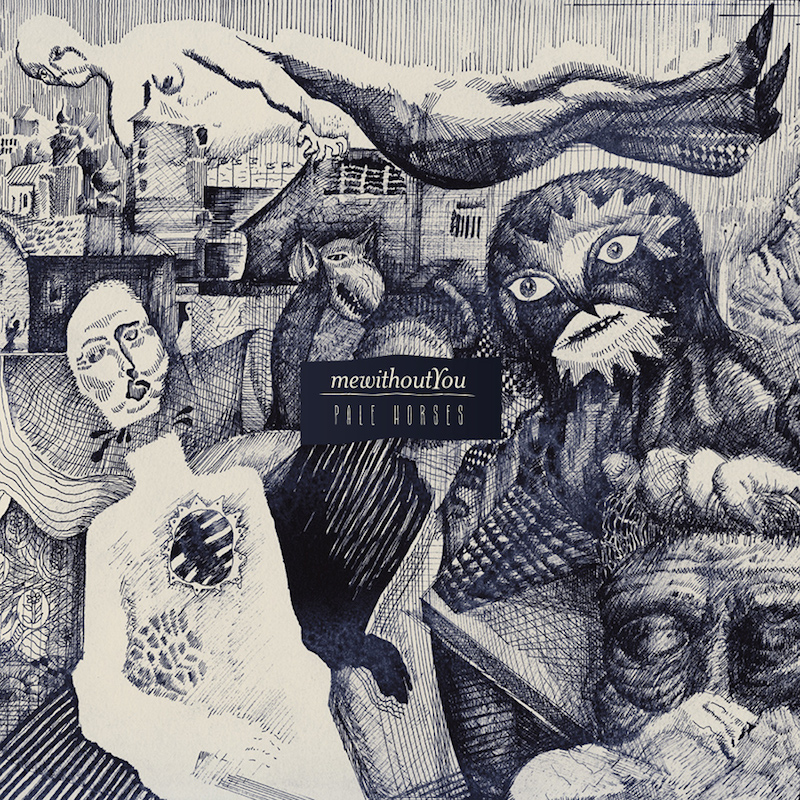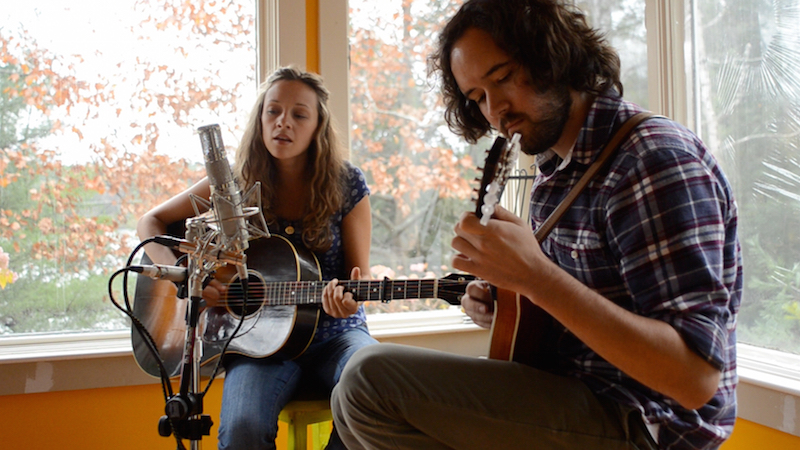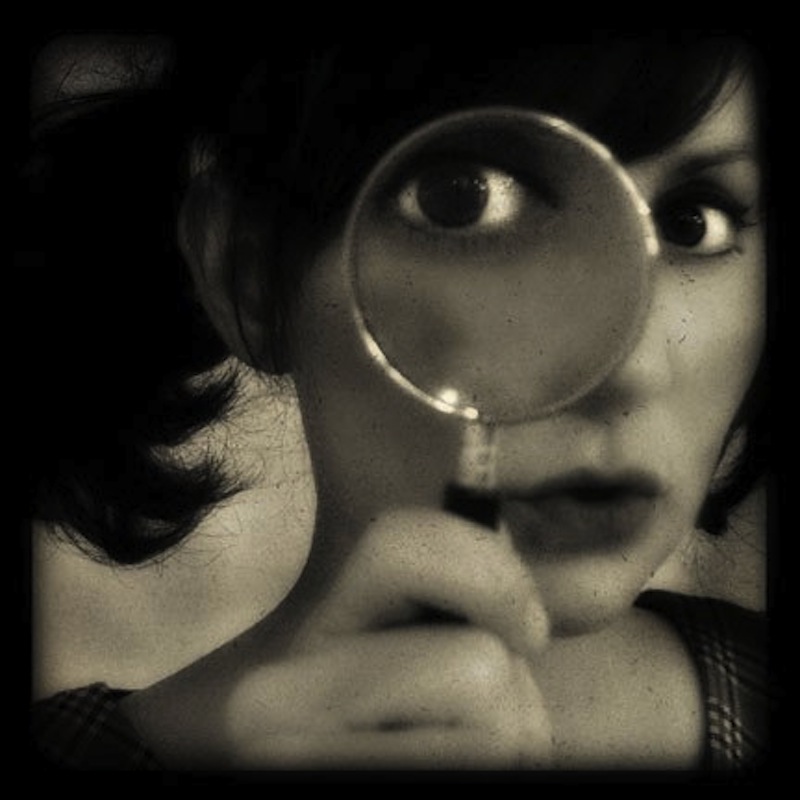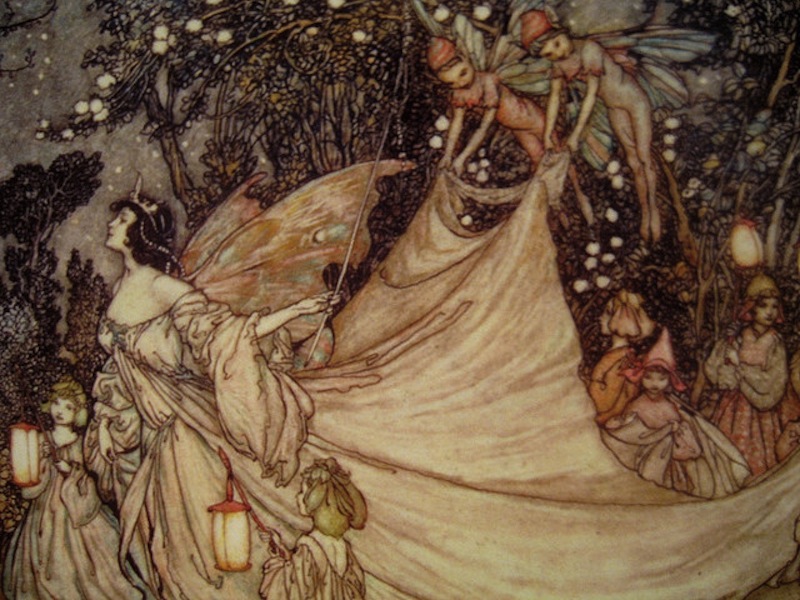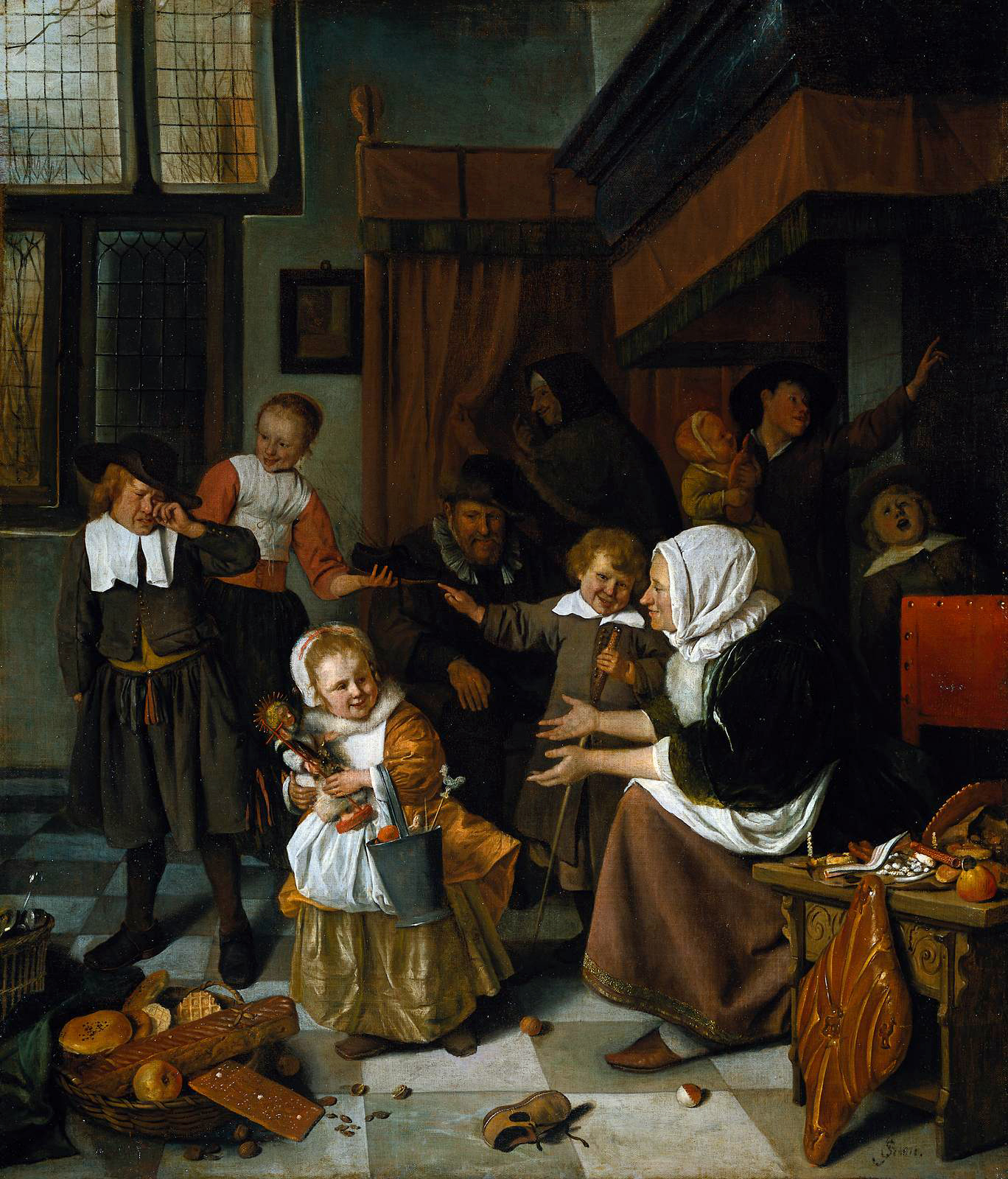Pale Horses
Guest User
Contemporary music is often painted in broad strokes. Countless references to lazy lyrics, automated melodies, auto-tuned vocals, and inane content have plenty of merit, sure, but there are many, many musicians that are writing compelling, intricate music. Pale Horses, the newest album from mewithoutYou, an indie band from the Philadelphia area, is a testament to that fact.
I understand that mewithoutYou is not everyone’s cup of tea. For me, though, their combination of heavy guitars, intricate drumming, delicate riffs, and lead vocalist Aaron Weiss’ style of blending singing, shouting, chanting, and muttering into his songs has made them one of my favorite bands since I was in high school. Pale Horses is creating plenty of buzz in the indie music scene for getting back to the spoken-word style of music that dominated their first albums—a style that generally combines shouting and chanting more than the folk-driven singing that characterized their more recent albums—but I think the content of Pale Horses is even more significant than their unusual style.
Weiss comes from a religious background that is unorthodox, to say the least. He and his brother, Michael, are from Jewish backgrounds. Their father, a Jewish man, and their mother, an Episcopalian, converted to become Sufi Muslim. All three religions are explored in mewithoutYou’s work, and symbolism from all three are used in the band’s vivid lyrics. Pale Horses, as its title implies, explores the concept of the apocalypse and the end of the world, along with other themes like guilt, hope, doubt, and the fear of being abandoned by God.
Whether Aaron is wrestling with his fear of being abandoned by God in “Birnam Wood”:
Would you take a bound-up Isaac’s place Are you a God, and shall your grace Grow weary of Your saints?... Come untie your sons Before the little angel comes
Or struggling with religion:
Then last night I was somewhere near Virginia Rebuking satan with ironic faithfulness” And satan turned to me: ‘Have you thought much about that cry?’... Eloi, Eloi Lama sabachthani
Or pondering the end of the world and time itself:
At the opening of the fourth seal The sky, I’d been told Would roll up like a scroll As the mountains and islands moved from their place And the sun would turn black As a dead raven’s back But there’d be nowhere to hide From the Judge’s face
His vocals and lyrics and compelling music combine to make a vulnerable, emotional album that forces listeners to question their own beliefs, experiences, and feelings.
Pale Horses is not an easy album. Its driving melodies, shouted vocals, and ever-changing tempos are not the preferred background for most people's’ dinner parties or morning cups of coffee. Aaron’s tendencies to mix terms and narratives from Christianity, Judaism, and Islam is understandably startling for many listeners. The raw fear, anger, and hope evident in the music may elicit uncomfortable emotions if you’re paying attention. But it’s a beautiful album, and a frightening album, and a thoughtful album, and it’s definitely an album that defies attempts to paint it with the same broad strokes used for music these days.
